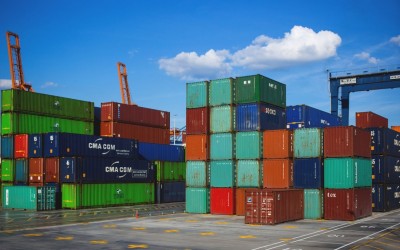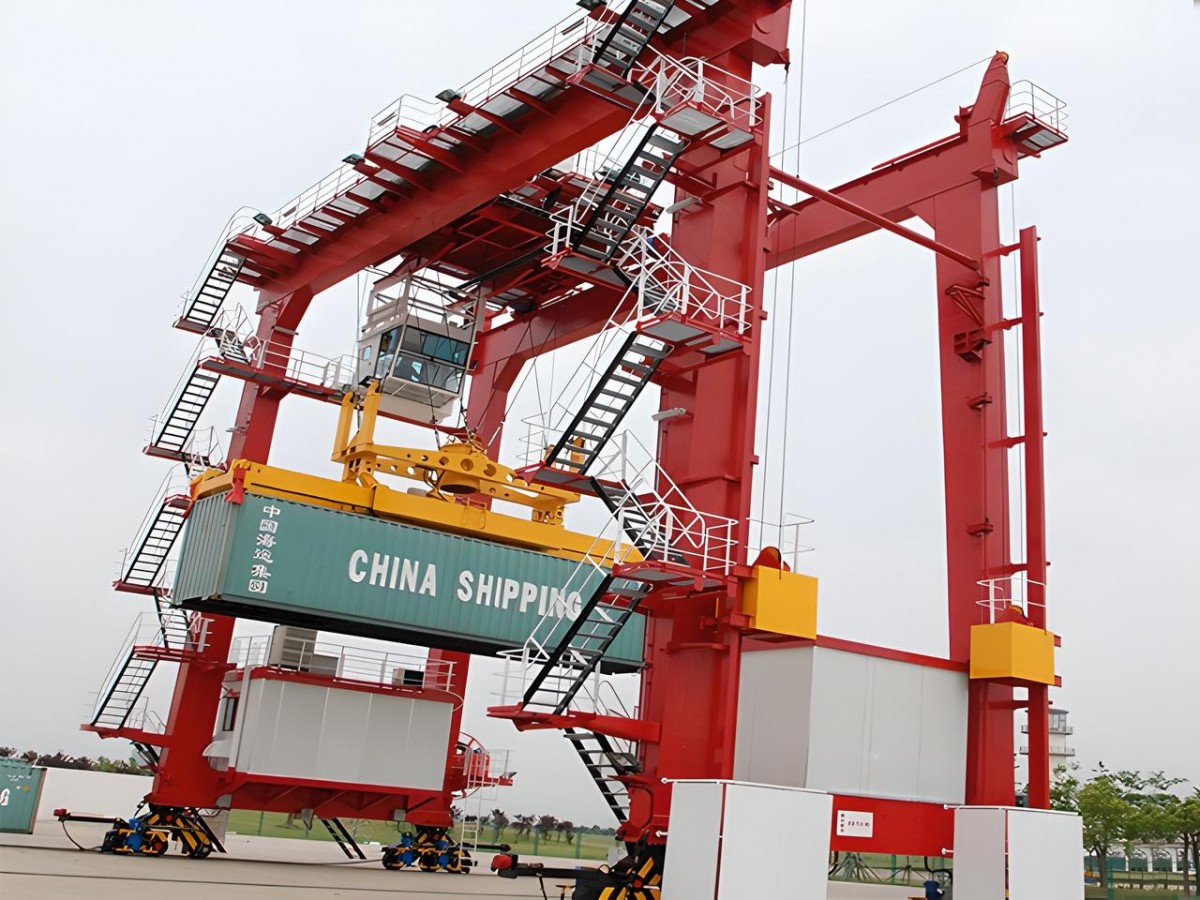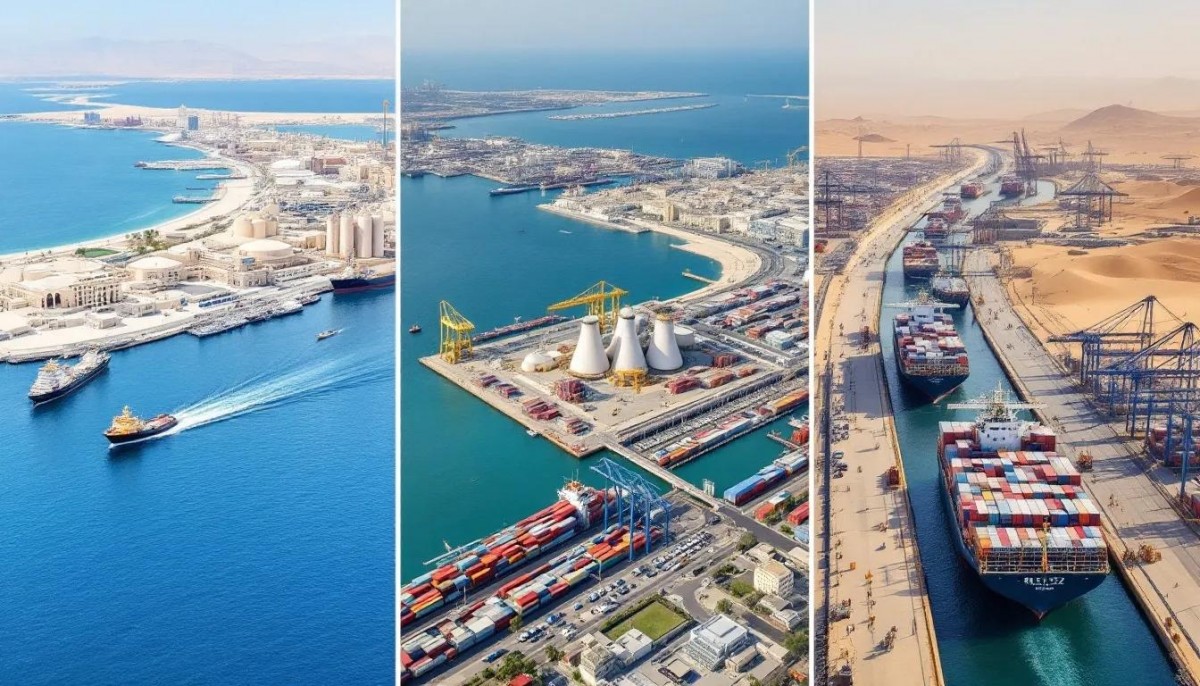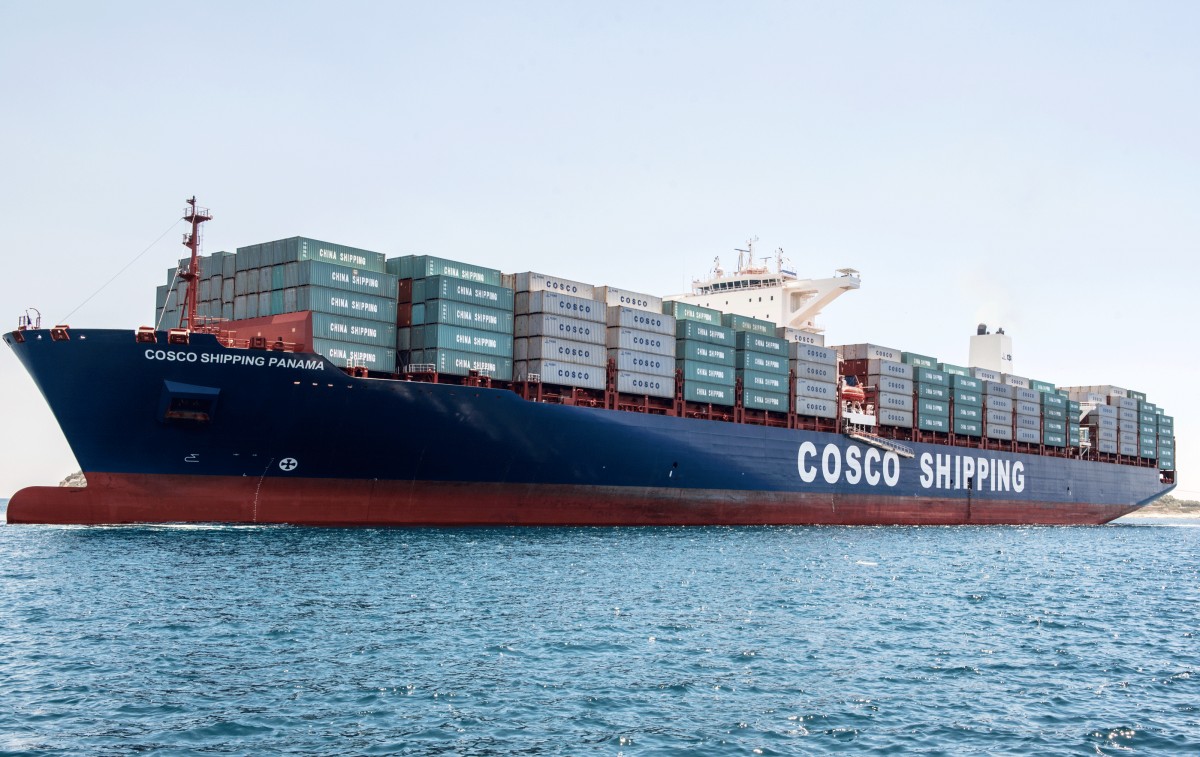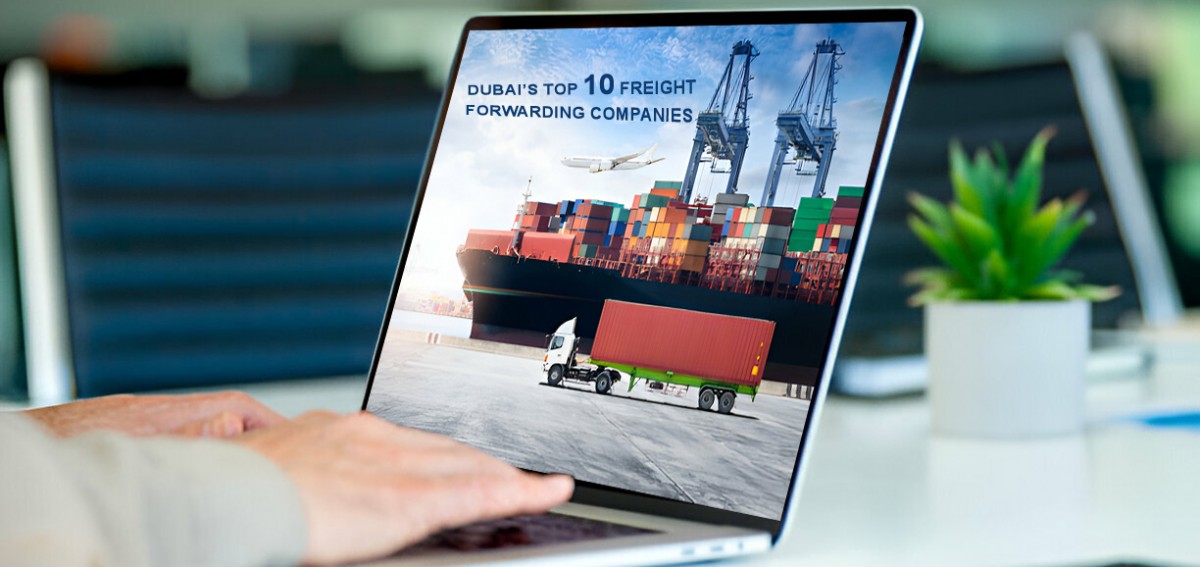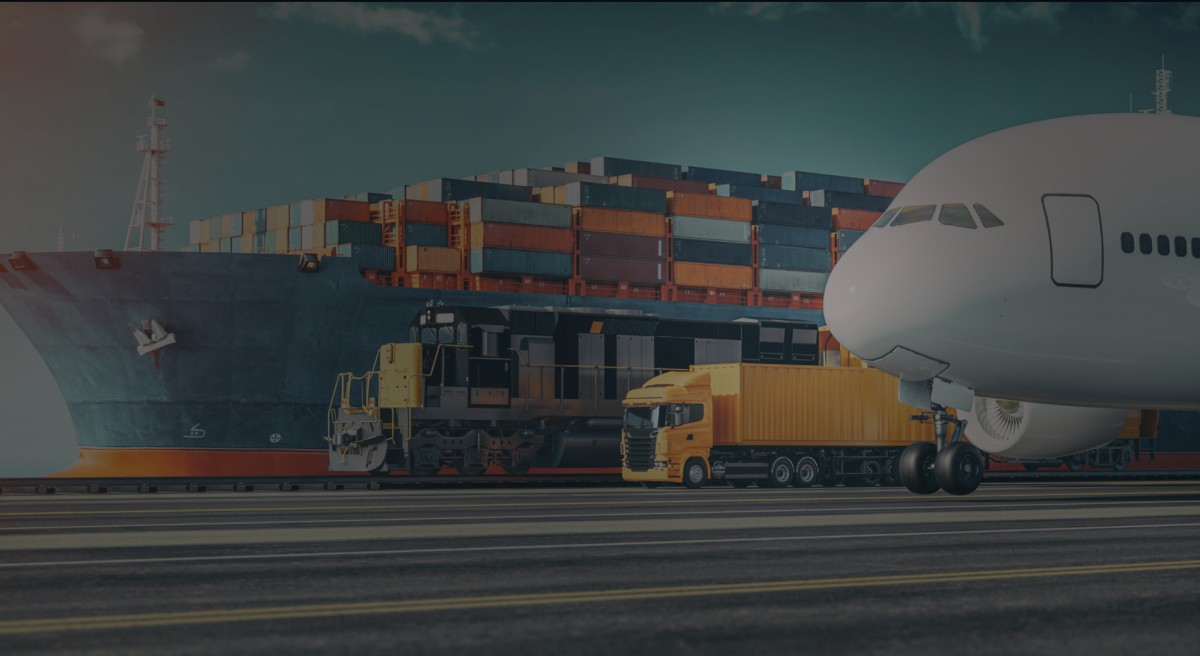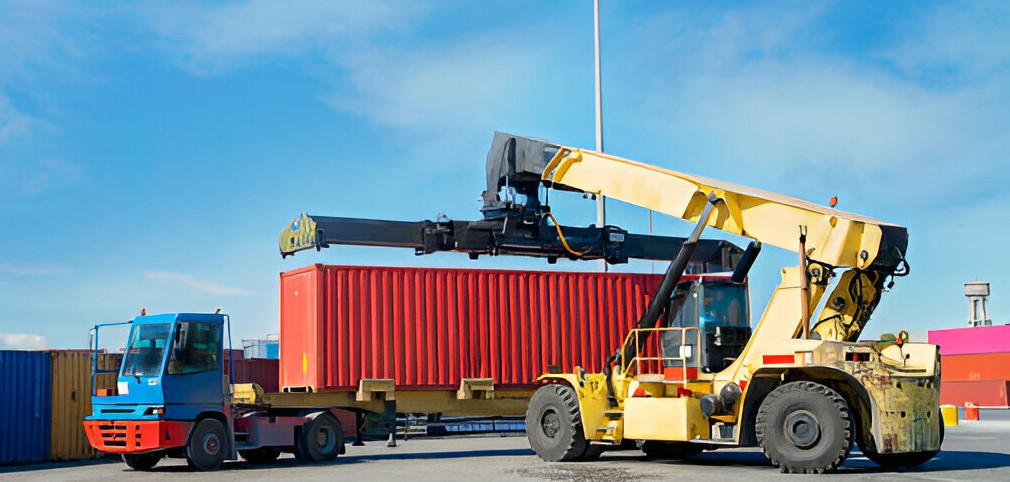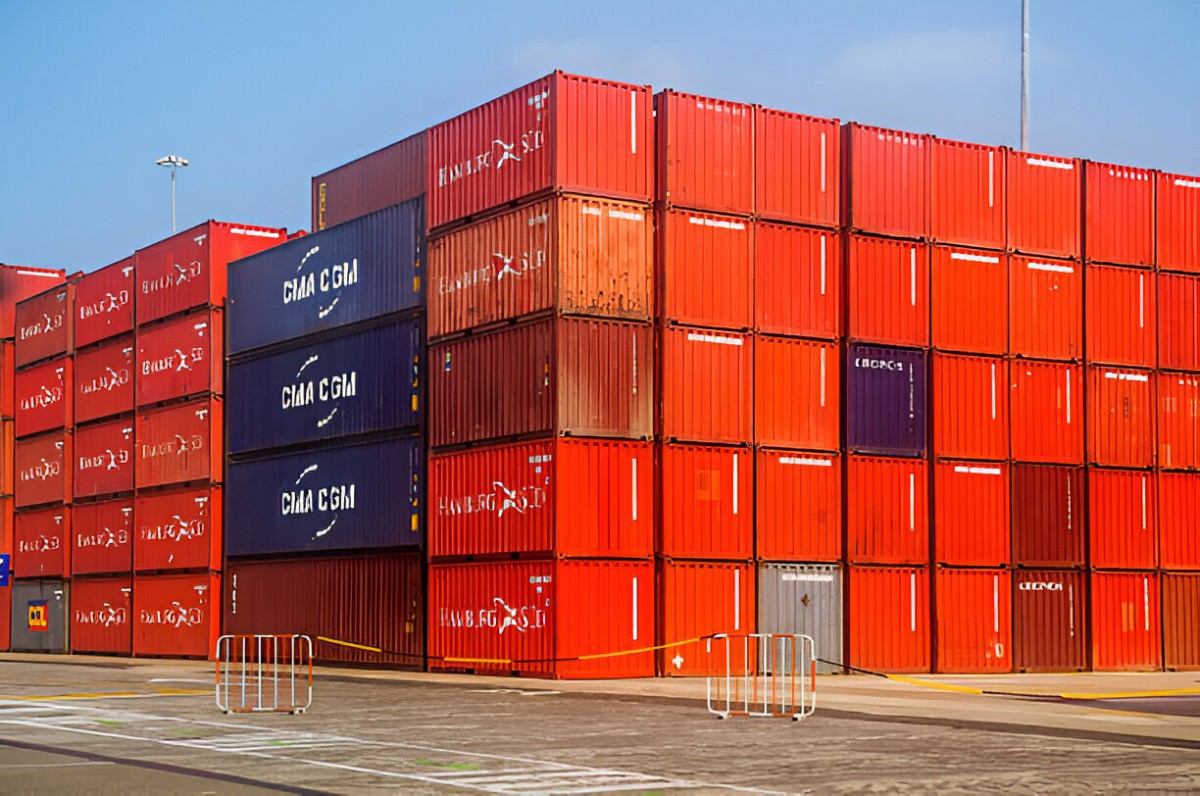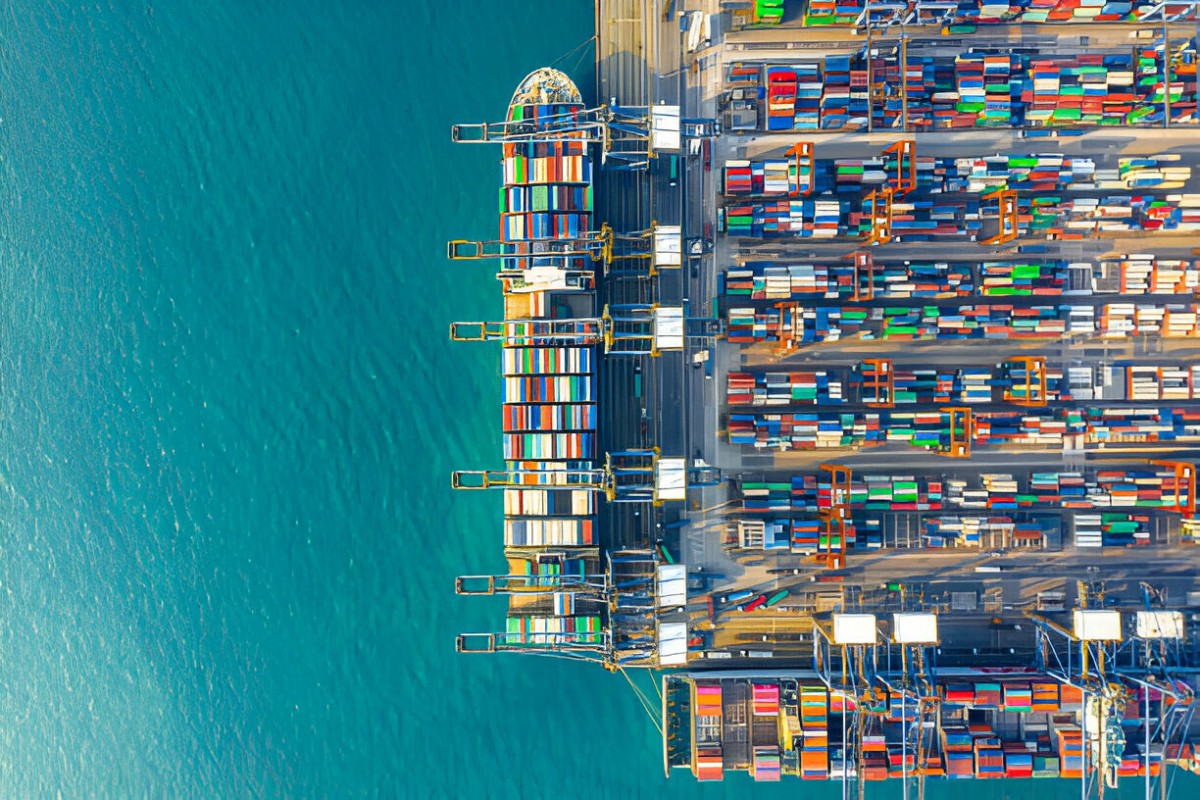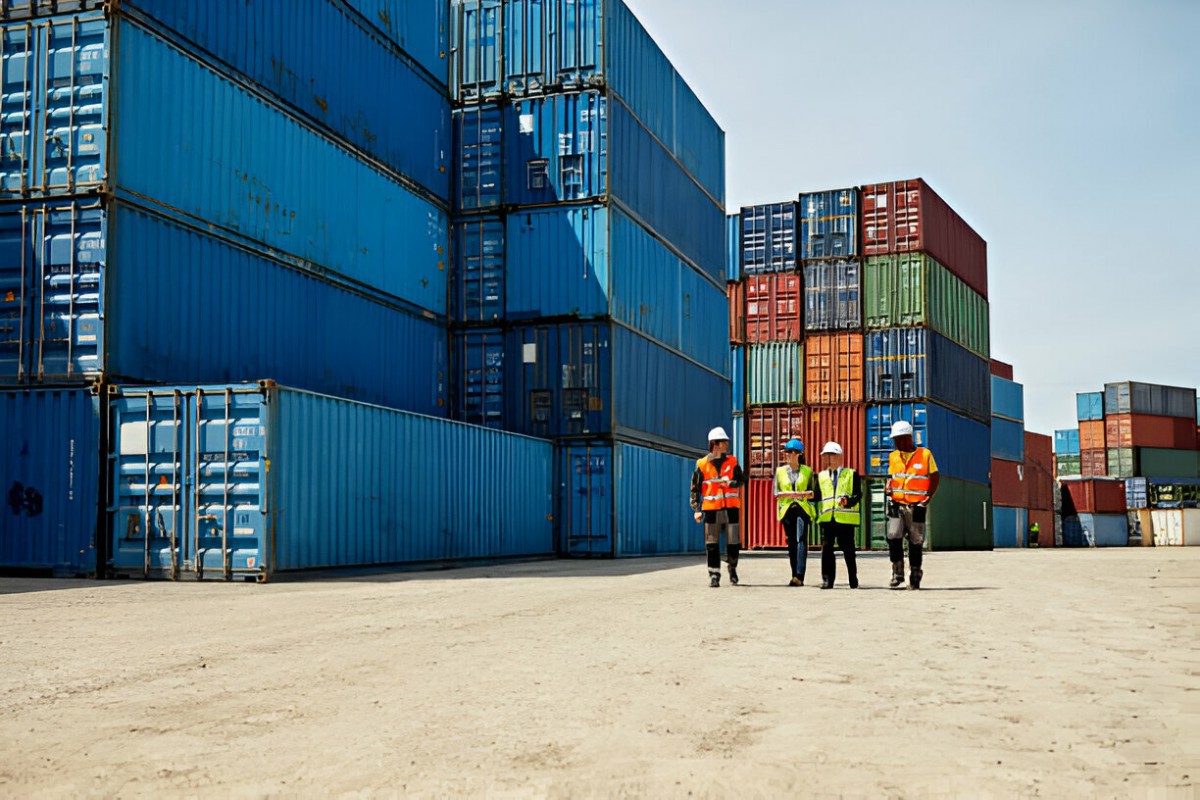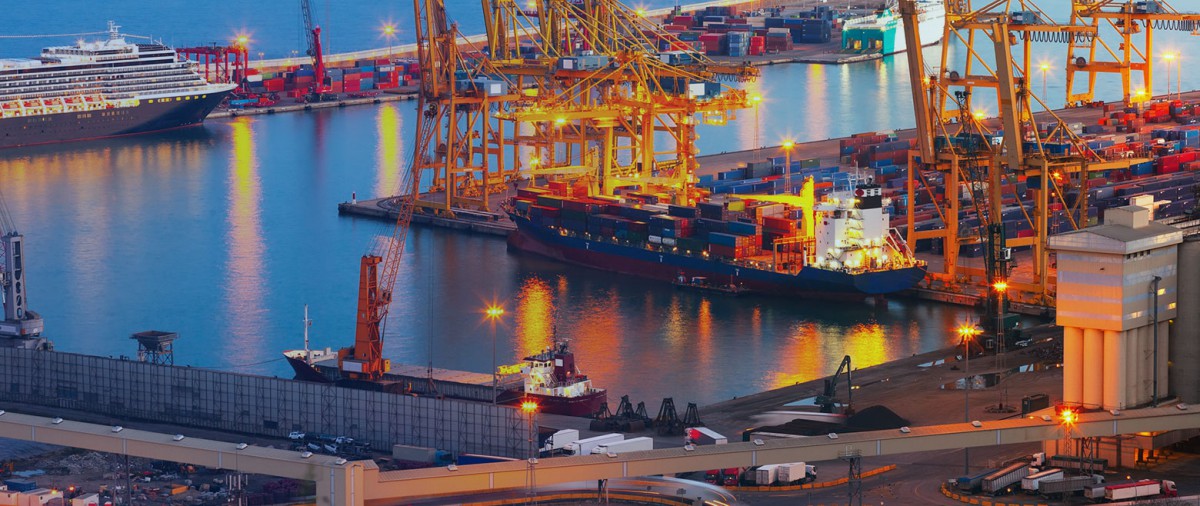Weather conditions significantly affect the logistics and cargo industry. From delays in transportation to increased costs and safety risks, the impact of adverse weather is far-reaching. In this article, we will explore how weather conditions influence cargo handling, logistics operations, and supply chains. We will also provide strategies and solutions to mitigate these challenges while optimizing operations for better efficiency.
1. Delays in Transportation Due to Adverse Weather Conditions
One of the major challenges caused by weather is transportation delays. Harsh weather conditions, such as storms, heavy snowfall, torrential rain, or fog, can disrupt shipping schedules, leading to delays in delivery times and increasing operational costs.
- Air Freight: Weather-related disruptions such as thunderstorms, fog, or heavy snowfall can result in canceled or delayed flights, affecting cargo shipments and increasing costs.
- Maritime Freight: Severe storms, high waves, or rough seas can cause shipping delays or rerouting, leading to further costs and complications.
Solutions to Manage Delays:
- Use advanced weather forecasting systems for better planning and route optimization.
- Establish partnerships with air, sea, and land carriers to quickly adjust routes and schedules when adverse weather occurs.
2. Safety Risks and Damage to Cargo
Severe weather conditions can also pose significant safety risks. For example, icy roads can increase the likelihood of accidents in road transport, while rough seas can damage ships and the cargo they carry.
- Road Freight: In cold weather, icy or snow-covered roads can cause accidents or vehicle breakdowns, potentially damaging cargo.
- Maritime Freight: Storms and high seas can damage ships or even cause cargo to be lost at sea, especially for delicate or high-value shipments.
Solutions to Enhance Safety:
- Use protective covers and packaging for sensitive or perishable goods.
- Provide training for drivers and crews to handle specific weather-related hazards safely.
- Use GPS tracking and real-time monitoring systems to respond to weather-related emergencies quickly.
3. Increased Costs and Higher Freight Rates
Adverse weather conditions often lead to increased transportation costs. For instance, shipping during storms or rough weather may require additional resources, equipment, or services to ensure cargo is protected, which drives up overall costs.
- Maritime Freight: If ships are delayed or rerouted due to weather, additional fuel and labor costs are incurred.
- Air Freight: If flights are canceled or diverted, there are extra handling fees, new flight arrangements, and potential delays for passengers, all contributing to higher costs.
Cost-Reducing Strategies:
- Plan routes and schedules with built-in contingencies for potential weather disruptions.
- Invest in weather-related insurance to cover unexpected costs and protect against losses from delays or damages.
4. Impact of Weather on the Supply Chain
Weather does not only affect transportation; it can disrupt entire supply chains. Adverse conditions can impact the availability of raw materials, manufacturing schedules, and the delivery of finished goods.
- Raw Materials Supply: Severe weather events like floods or storms can interrupt the supply of raw materials, causing production delays and shortages.
- Goods Distribution: Adverse weather can delay the distribution of finished products, particularly in industries that rely on just-in-time (JIT) inventory systems.
Solutions to Improve Supply Chain Management:
- Implement advanced software for weather forecasting and supply chain management to predict disruptions and adjust plans accordingly.
- Collaborate with suppliers and customers to ensure transparency about potential weather-related delays.
5. How Technology Can Help Mitigate Weather-Related Disruptions
The latest advancements in technology have made it possible to reduce the impact of adverse weather on logistics operations. Technologies like Internet of Things (IoT) sensors, AI-driven logistics platforms, and weather forecasting tools can provide real-time data to optimize transportation routes and schedules.
- IoT Sensors: These sensors can track the condition of cargo, alerting operators to any weather-induced risks such as temperature fluctuations or moisture.
- AI-Powered Logistics: Advanced logistics platforms that use AI can predict weather patterns, calculate the most efficient routes, and manage transportation in real-time, even in unpredictable conditions.
How to Leverage Technology:
- Integrate weather prediction and monitoring systems into your logistics operations to enable proactive decision-making.
- Use real-time tracking for shipments and conditions to mitigate risks and optimize delivery times.
Weather conditions have a profound effect on cargo and logistics operations. From delays and increased costs to safety concerns and disruptions in supply chains, businesses must adopt strategies to manage these challenges effectively. By using advanced technologies, improving safety protocols, and planning for weather-related contingencies, logistics companies can mitigate the negative impacts of adverse weather and optimize their operations for efficiency.





